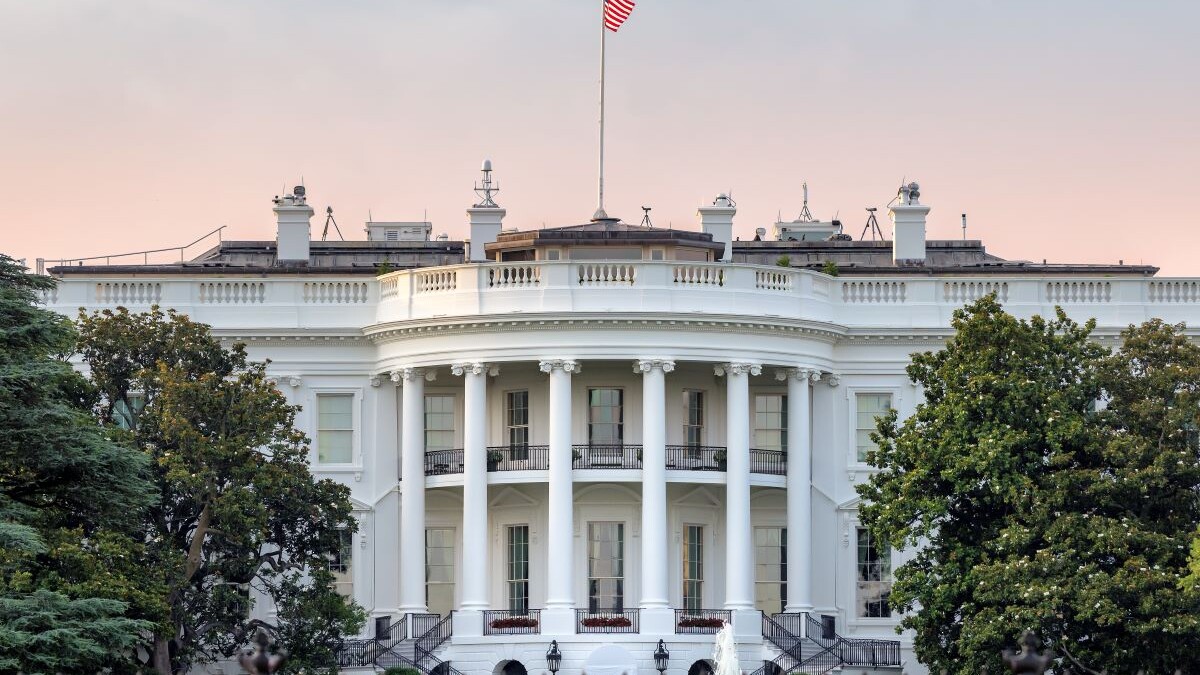Global equities sold-off in January as the Federal Reserve assumed a more hawkish stance as persistent inflation pressures pushed yields higher. Headline CPI increased 7% in 2021, marking the largest calendar year increase since 1981. While the Fed Open Market Committee met last month and announced it was holding rates steady at 0%-0.25%, Fed Chair Jerome Powell left the door open to further rate hikes in 2022 in addition to the three 25-basis-point hikes forecasted in the December meeting. As a result, the number of rate hikes in 2022, implied by the fed-fund futures, increased to four from three over the month.
In equities, the S&P 500 Index recorded its worst January since 2009, losing 5.2%. Notably, value outperformed growth as rising interest rates pressured higher-valuation growth companies. The Russell 1000 Value Index declined 2.3%, while the Russell 1000 Growth Index fell 8.6% – marking the largest outperformance of value since 2001. The Russell 2000 Index plunged 9.6% after briefly falling into bear-market territory, shaving off over 20% from its November highs. Non-U.S. equities were also down with the MSCI EAFE and MSCI Emerging Markets indexes shedding 4.8% and 1.9%, respectively.
In fixed income, the U.S. Treasury curve flattened with 10-year yields rising 27 basis points, while two-year Treasury yields increased 44 basis points to 1.16% – the highest level since February 2020. Consistent with the risk-off sentiment, option-adjusted spreads on the Bloomberg U.S. Corporate High Yield Index rose 59 basis points to 3.42%, resulting in a 2.7% loss in January.
Meanwhile, within real assets, higher energy prices fueled gains of 8.8% in the Bloomberg Commodity Index. Spot WTI crude oil prices were up 17%, ending the month at $88 a barrel—the highest level since 2014—amid escalated geopolitical tensions and lower energy stockpiles in the U.S.
We remain constructive on public equities despite their recent performance and encourage adding to U.S. large-cap value exposure to help mitigate the impact of rising interest rates on portfolios. Despite the recent hawkish shift from the Fed, we still recommend investors maintain a dedicated allocation to safe-haven fixed income to support portfolio liquidity needs and provide downside protection in periods of stress.




